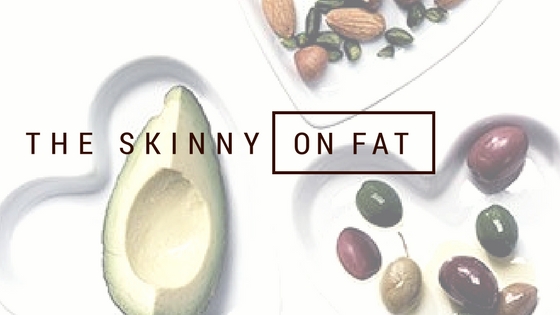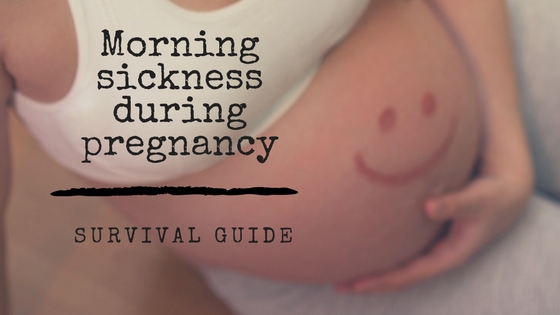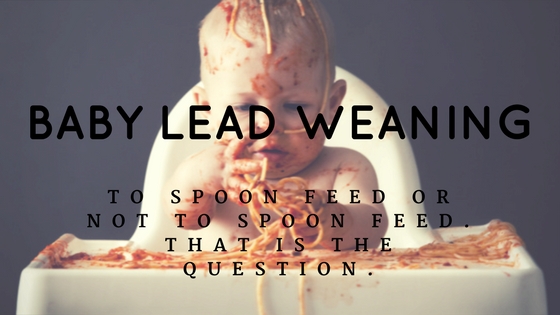February is Heart month and in light of this important topic I thought it would be a great time to talk about FAT! Over the past years there has been some new findings that have changed the way we look at fat in foods and it has left a lot of people scratching their heads and trying to read labels in total confusion. So what exactly are we looking for?
It turns out that it’s more complicated than simply cutting out certain kinds of fat and decreasing others. Let’s break it down and talk about the different kind of fats and the effect they can have on our bodies.
Trans fats can be found in some degree in animal products but are more widely dispersed and in great abundance in industrially produced foods. The main source of trans fats are partially hydrogenated oils. Their use was accepted for so long because they improved the length of time a food can stay on the shelf without spoiling. They can also improve the texture of foods, for example it is the ingredient responsible for holding the 2 layers of peanut butter together so that it isn’t separated like in natural nut butters. Other places you might find these partially hydrogenated oils include: hard margarines, vegetable shortenings and baked goods like cookies, cakes and muffins. So why are trans fats bad for us? They have what we call a double whammy effect on our cholesterol levels…they raise the bad cholesterol…which is bad, and decrease our good cholesterol which is also bad. We want our bad cholesterol to be low and our good cholesterol to be high!
Saturated fats are found naturally in mostly animal based foods like meat and dairy. Not all saturated fats have negative impacts on our health but most do so it is important to ensure that you are consuming lower quantities when possible. This type of fat has no impact on our good cholesterol but it does increase our bad cholesterol.
Monounsaturated fats are our healthy fats and are found in plant based foods. These fats can lower bad cholesterol but they can also lower good cholesterol. Monounsaturated fats are found in nuts, oils, avocado and peanut butter.
Omega-3 fats or polyunsaturated fats are also found in plant based foods like monounsaturated fats. These fats have many important functions in our bodies and can help lower our bad cholesterol and increase our good cholesterol. These are those fats we consider heart healthy and are found in fatty fish, oils, walnuts, flax seed and eggs.
OK…so now that we have that all straightened out…what do we do with this information??? Essentially we want to cut all trans fats out of our diet because they are bad, bad, bad. That is why you will find “tans fat free” on packaging these days! You want to limit saturated fats because they’re not totally bad but they’re not entirely good either and lastly, we want to try and increase our intake of mono and polyunsaturated fats.
Luckily I’m a Dietitian so I can tell you how to put this information into practice and which foods you should pick to make this work…but isn’t it nice to know why?!
Here are my TEN handy dandy tips on making your ticker healthier with each bite:
One Choose lean cuts of meat and lower fat (but not fat free) milk, cheese and yogurt. The reason I say lower fat but not fat free is because many products that are fat free tend to bump up the sugar content majorly and this can also be bad for your heart too.
Two Aim to eat 2 servings of fish weekly. Fish particuly high in Omega-3 fats include salmon, albacore tuna (fresh and canned), sardines, lake trout and mackerel. You might have salmon for supper one evening and save half to make a salmon salad sandwich the next day. It’s that easy!
Three Aim to eat 2 vegetarian meals each week. Plant based foods like beans, peas and lentils are high in protein but have little to no fat. Try making a big pot of vegetarian chili for supper and bring leftovers for lunch the next day….boom…your 2 vegetarian meals taken care of. Beans, peas and lentils are also high in fibre. Fibre has an added benefit of lowering your bad cholesterol as well. Double bonus.
Four Choose natural nut or seed butters like peanut or sunflower. They have to be mixed but they contain no hydrogenated fat. Try keeping the container in your cupboard upside down for a couple days before opening. This will give the 2 layers a chance to come together. Then you just have to give them a little stir and keep them in the fridge. They won’t separate after that.
Five Add ground flax and chia seeds to your yogurt, oatmeal or cereal. These are both high in omega-3 fats and high in fibre.
Six Snack on unsalted nuts and seeds. Keep your serving size at ¼ cup per day or less as calories can add up quickly.
Seven Try cooking with heat stable oils like canola oil. While Olive oil is healthy, it loses these health properties once heat is introduced as it isn’t heat stable. Use olive oil to make your own salad dressings instead.
Eight Try using plain Greek Yogurt instead of sour cream as the fat content is much lower and it still has the same great taste.
Nine Try your hand at baking. Home baked goods have half the amount of fat as store bought goods which tend to be high in hydrogenated fats. Try using olive oil in baking or switch out the oil and sub in apple sauce for an even lower fat end product.
Ten Use avocado as a base instead of mayo on sandwiches and wraps.
So there are your tips and tricks for not only lowering bad fats but increasing your goods ones. Give it a try! Remember that this is just one way of improving your heart health but it’s definitely a great starting point!










